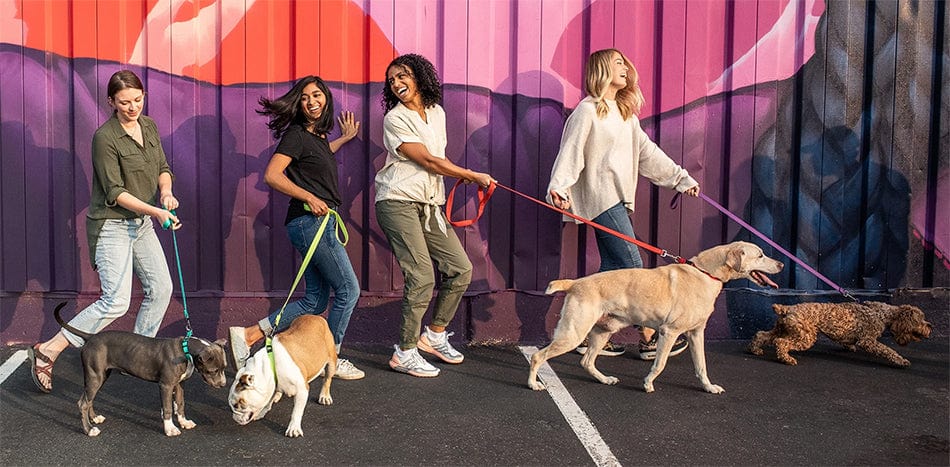Your cart is empty. Let's fix that!


When your pup isn’t chewing their latest toy to shreds, anxiously waiting for dinner or sleeping off the day’s shenanigans, they’re probably panting. It’s typical background noise for all dog lovers, especially after a fur-ocious game of tug-of-war. While our furry friends almost look as if they’re smiling (quick, get your pet portrait mode ready!), panting serves a much greater purpose.
The reason dogs pant is all based on their physiology. Without an effective system of sweat glands like humans have, it’s harder for canines to cool down naturally. By panting when they start to overheat, dogs are able to lower their body temperature and get oxygen into their bloodstream. Unable to relate? Imagine yourself exercising in a full Chewbacca costume. You’d be panting too!
Whenever your puppy is excited, energetic or hot, panting is perfectly normal. However, any unusual heavy or rapid breathing could be a sign of a more significant physical or emotional problem. If you aren’t familiar with the warning signs, be on the lookout for panting that’s louder and requires more exertion than normal.
The hotter their body temperature, the more intense your dog’s panting will be. If you fear they could be overheating, immediately cool them off with a wet towel or some cool water. If the condition persists, seek medical attention as soon as possible.
Other times, panting might have nothing to do with heat. Your furry friend’s body language will give you clues as to what’s going on. If their tail is tucked between their legs and their head is down, they’re likely experiencing stress, fear or anxiety. With frightening environments (looking at you, Fourth of July), short-term reactions are expected. Chronic and prolonged fear responses, though, can hurt your doggo both physically and emotionally.
While whimpering or limping are typical signs for discomfort, pups are pretty good at hiding their pain. Noticing heavy and frequent breathing? That’s often one of the first warning signs that your four-legged companion is hurt. Give your dog a good once-over to see if there are any obvious signs of injury. If you find something suspicious, get your pup to the vet for a quick diagnosis.
Whether you’re facing an anxiety scare or a life-threatening medical emergency, it’s essential to watch your canine’s behavior and seek veterinary treatment when necessary. Understanding the difference between healthy and abnormal panting is key to maintaining your dog’s mental and physical well-being.